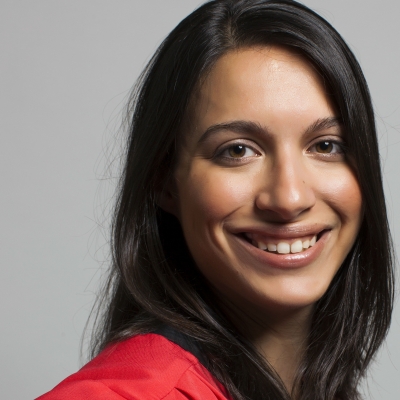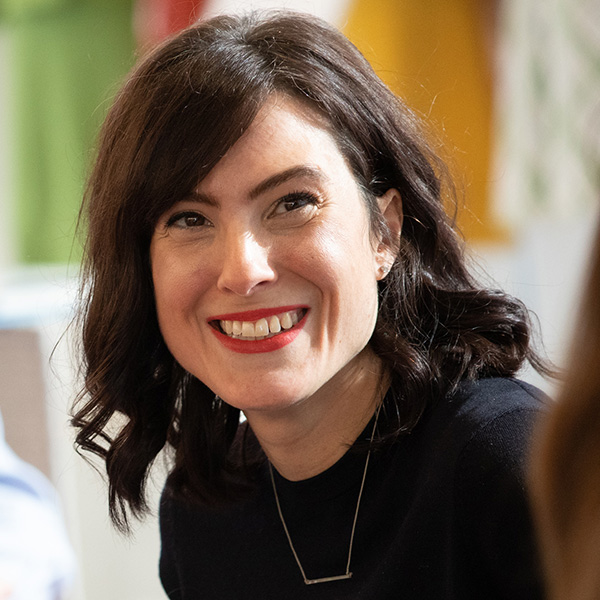Super Bowl commercials will be viewed with an especially critical eye on Sunday as a tangible indication of how the ad world has responded to the calls to fix systemic racism that has long plagued the advertising industry.

February 05, 2021 06:04 PM
Featured Stories
Ikea hires David and Alma following a fiercely contested US agency review
The WPP and Omnicom Group agencies will launch creative work for the retailer this fall.
Latest News
Staying current is easy with newsletters delivered straight to your inbox.
Staying current is easy with newsletters delivered straight to your inbox.










